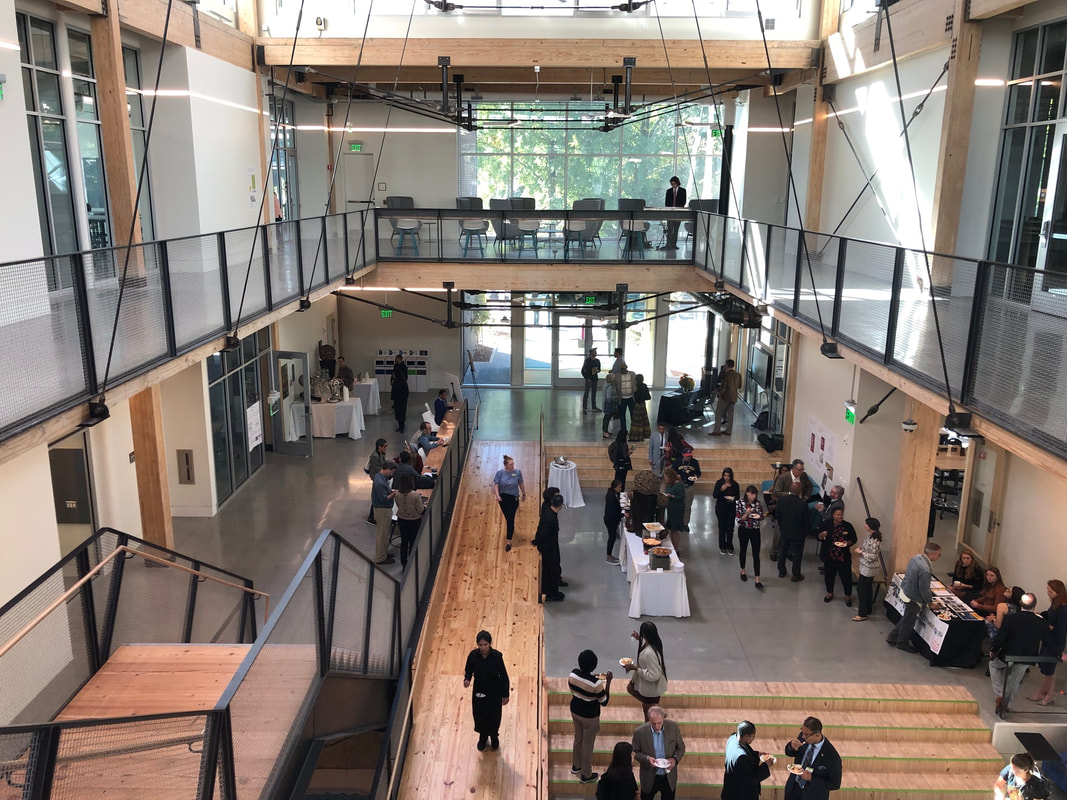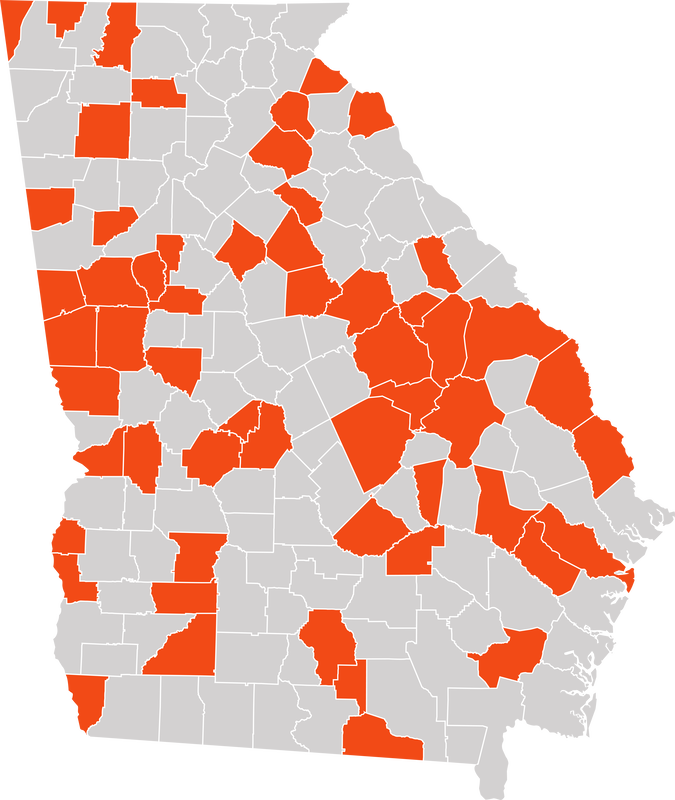A Strategic Offseason
Georgia Forestry Association Focuses on Issues that Improve Efficiency and Add Value
By: Matt Hestad
February 3, 2020
Sen. Sheikh Rahman, a freshman legislator from Gwinnett County, gets some hands-on experience at a GFA-hosted Forestry Orientation. (Photo by Mike Gregory, GFA)
February 3, 2020
Sen. Sheikh Rahman, a freshman legislator from Gwinnett County, gets some hands-on experience at a GFA-hosted Forestry Orientation. (Photo by Mike Gregory, GFA)



